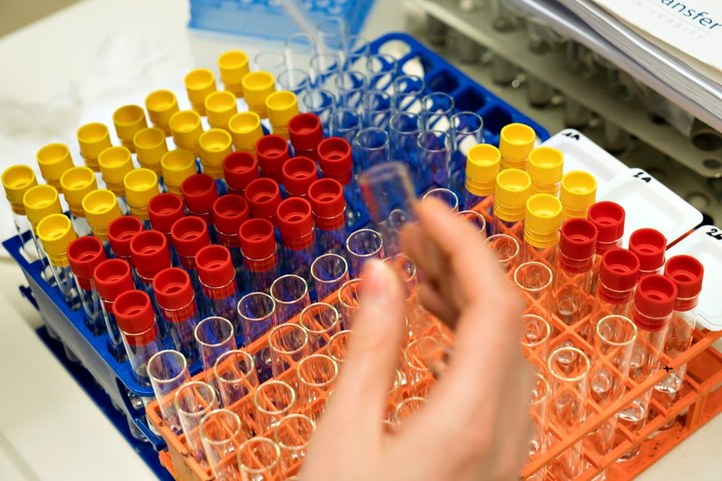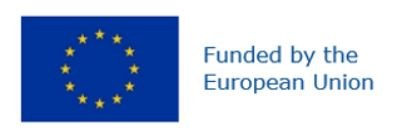Cluster 1 - PARC
source: Ghent University image database: https://beeld.ugent.be/nl/fotoalbum/foto/z2016-141-073
Introduction
The European Partnership for the Assessment of the Risks from Chemicals is seeking to develop next-generation chemical risk assessment, incorporating both human health and the environment in a “One Health” approach. It will help support the European Union’s Chemicals Strategy for Sustainability and the European Grean Deal’s “zero pollution” ambition. Bringing together nearly 200 scientific partners from 28 countries as well as EU agencies, PARC is coordinated by ANSES, with funding on an equal basis from Horizon Europe, the 9th EU research and innovation framework programme, and the partnership’s participants.
Project description
PARC aims to bring together a broad community of research establishments and health agencies to advance research, share knowledge and improve skills in chemical risk assessment. The results of this partnership, which started on 1 May 2022, will be used to support new European and national strategies to reduce exposure to hazardous chemicals and their impact on health and the environment.
The goal will be to generate new, easily accessible and usable data, along with new assessment methods and tools. In particular, PARC will help with the development of tools to identify new, less hazardous substances that are in keeping with sustainable development approaches.
PARC has strong ambitions for scientific collaboration and will provide a unique opportunity for the different risk assessment players to work together above and beyond the schemes and timetables associated with the different sector-specific regulations. By identifying opportunities for pooling efforts at national and European level, it will optimize the resources dedicated to chemical risk assessment and monitoring, and accelerate progress in these areas.
The partnership will run for seven years and is scheduled to end in spring 2029. PARC has an estimated budget of €400 million, half of which is being funded by the European Commission and the rest by the partner countries.
Objectives
These are the objectives of PARC:
- develop the scientific skills needed to meet current and future chemical safety challenges.
- provide new data, new methods and innovative tools to assessors and managers of risks related to exposure to chemical substances.
- strengthen the networks bringing together specialists in the various scientific fields contributing to risk assessment.
Role of Ghent University
UGent will take several roles within this consortium. Prof. De Saeger and Prof. De Boevre are involved in analytical development of novel tools for monitoring of mycotoxin exposure biomarkers as well as performing human biomonitoring. Prof. Asselman is involved in the task forces focusing on (development of novel integrated approaches to testing and ) assessment (IATAs) for human and environmental risk assessment and (2) the development of novel adverse outcome pathways and the link with quantitative systems toxicology.
Website
Contact
Prof. Jana Asselman
Department of Animal Sciences and Aquatic Ecology
Phone number: +32 59 41 77 37
E-mail
Prof. Marthe De Boevre & Prof. Sarah De Saeger
Department of Bioanalysis
Phone number: +32 9 264 81 34 / +32 9 264 81 37
E-mail Marthe and Sarah
Funding info
Disclaimer
Funded by the European Union. Views and opinions expressed are however those of the author(s) only and do not necessarily reflect those of the European Union or the European Health and Digital Executive Agency (HADEA). Neither the European Union nor the authority can be held responsible for them.

